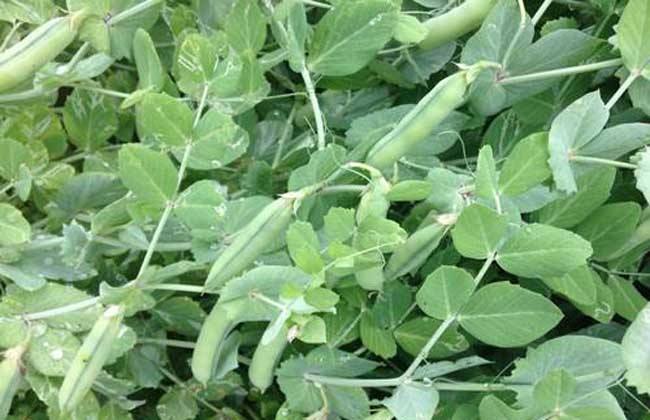Seedling raising technique of Capsicum
The planting area of pepper is very extensive now, and the work of raising seedlings is very important when planting pepper. The seedling time of pepper is usually about February every year. The low temperature environment is very beneficial to the growth of seedlings, so we still need to manually control the temperature to promote the growth of seedlings. So how should pepper seedling be operated? The following editor brings you the seedling technology of chili peppers, let's have a look!

1. Nursery bed selection
The seedling bed of hot pepper should be selected on the soil with leeward, sufficient light, thick and soft and normal drainage and irrigation. The previous crops in the soil should not be potatoes, peppers and other crops. Then according to the planting quantity to control the area, the seedling ditch should not be too wide and too long, otherwise it will affect the growth of seedlings. Then it is necessary to prepare nutritious soil to ensure adequate nutrition, aseptic and insect-free. The nutritious soil is mainly mixed with field soil, farm manure and carbendazim. It can not only provide nutrition for seedling growth, but also do a good job of pest control at seedling stage.
2. Seed treatment
The main method of raising pepper seedlings is sowing. Before sowing, the seeds should be soaked in water at room temperature for about 8 hours. The time should not be too long, otherwise it will lead to serious loss of nutrition and reduce the germination rate. It should not be too short, otherwise the seeds will not absorb enough water and will also affect germination. After soaking the seeds, drain the seeds, then put them on a wet cloth and wrap them in plastic bags. Then put the plastic bag at a temperature of about 30 degrees to do the budding work. When sprouting, the seeds need to be turned properly every day to make the seeds heated evenly. After about 5 days, about 75% of the seeds can be sown after they are exposed.
3. Sowing seeds at the right time
Before sowing, we should first pour enough water on the seedbed and wait until all the water seeps into the soil before sowing. Generally speaking, the sowing method of pepper is mainly sowing, and it should be sprinkled on the seedbed comprehensively and evenly to promote the whole seedling. After sowing, mix the soil with seedlings, fungi, enemies and other agents to cover the seeds. To prevent the occurrence of diseases such as quenching disease in pepper seedling stage. And also cover it with a layer of nutritious soil of about one centimeter, and then cover with a layer of plastic film. Improve the heat preservation and moisture retention ability of the seedling bed, promote seed germination and improve the seedling emergence rate.
4. Seedbed management
After sowing, the temperature should be controlled well, the temperature during the day should be kept at about 22 degrees, and the temperature difference between day and night should be controlled at about 10 degrees. Remove the plastic film when about 65% of the seeds emerge, and if the temperature is too high at noon, do a good job of ventilation and cooling to prevent the phenomenon of burning seedlings when the temperature is too high. Then to control the moisture, if the soil is dry, you can spray water properly, not too much. Then, when the seedlings grow about two true leaves, we should properly thinning the seedlings, retain the robust seedlings, and improve the growth space of the seedlings. Finally, the seedling refining work was carried out half a month before planting to make the seedlings adapt to the external environment and improve the survival rate.
The above is a brief introduction to the technology of raising pepper seedlings. When accelerating the germination of seeds, we should control the three environments of water, temperature and air, improve the germination rate, and then strengthen management and transplant in time according to the growth of seedlings. That's all for today's introduction. This article is for reference only. I hope it can help you all.
Related
- Where is it suitable to grow horseradish in China? it is expected to see the middle altitude horseradish in Alishan.
- How to prevent tomato virus disease reasonably? (Control methods included)
- Many people like to plant towel gourd on the balcony. What are the main points of this method and management?
- What crops can chili peppers be mixed with?
- Fertilization techniques and matters needing attention in Tomato
- What are the grafting techniques for peach seedlings in spring?
- Harm and control methods of root swelling disease of Chinese cabbage
- What are the pests of sweet potatoes? How to prevent and cure it?
- Symptoms, causes and Control methods of navel Rot in Tomato
- The cause of "Cucumber rotten bibcock" in Farmers' planting Cucumber and its Control Plan



